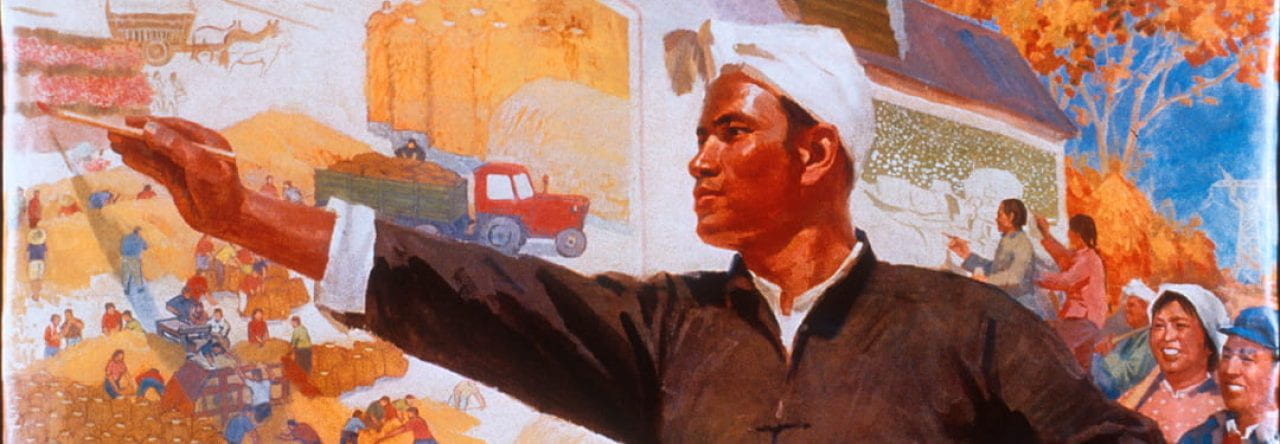Realism has long been associated with Jiang Zhaohe and is arguably the most salient characteristic of his work, Jiang Zhaohe is regarded as one of the most important influences in developing figure painting in Beijing (Andrews).
The reason it is important to emphasize Jiang’s stylistic features of his art is because it represents a broader shift of Art in China, art during the 1940 was politically charged and often a point of contention (Migration World Magazine). Focusing on the stylistic feature allow us to also consider the accuracy and skill Jiang possessed in capturing realism. This is significant as he was far ahead of his time with the implementation of ink and brush to capture realism in regards to figure painting. The preservation of traditional stylist technique was influenced by Xu Beihong, as Jiang learned under him. (Xiaosheng). This would be significant as it allowed Jiang to position himself as one of the pioneers in figure painting.
This exhibition I wish to focus on the stylistic technique of ink and brush implemented by Jiang to capture realism. The improvement of this stylist technique also reflects a political shift in the importance of raising standards and style in works of art in China. art as it exemplifies the preservation of Chinese ink and brush style yet at the same time is the product arising from the need to modernize art and raise its standards.

| Work of Jiang Zhaohe from a Czech Private Collection
Jiang Zhaohe (1904 – 1986) Old Man 1940 |
https://trinity-collections.blogspot.com/2016/08/fine-chinese-paintings-jian-zhaohe.html?m=1
References
Sun, Xiaosheng. “Jiang Zhaohe, Portraying the Lives of Working People 2016-08-03 16:29:27 Source£ºbeijing .” charmingBeijing. Accessed April 28, 2022. http://www.charmingbeijing.com/eng/index.php?m=content&c=index&a=show&catid=183&id=965.
Sullivan, Michael. “Art in China since 1949.” The China Quarterly, no. 159 (1999): 712–22. http://www.jstor.org/stable/655764.
“CHINESE REFUGEES IN THE PAINTINGS OF JIANG ZHOAHE.” 2000.MIGRATION WORLD MAGAZINE 28 (1): 28-30. HTTPS://LIBPROXY.UNION.EDU/LOGIN?URL=HTTPS://WWW.PROQUEST.COM/SCHOLARLY-JOURNALS/CHINESE-REFUGEES-PAINTINGS-JIANG-ZHOAHE/DOCVIEW/212015350/SE-2?ACCOUNTID=14637.


